Broccoli may be blah, but tomatoes will be tremendous.
Salad lovers may have a harder time finding their favorite lettuce and mesclun mix, but watermelons and cantaloupe will be juicy and sweet. And don’t worry about the sweet corn you’ve been dreaming of since February. It may be smaller, but there should be plenty to go around. More good news – prices are not expected to go up, at least not much, because of the drought.
That drought, which is lingering over the southern half of the state, has been both a blessing and a curse for farmers, and it means a mixed bag of produce for consumers trolling farmers markets this summer, too.
“A lot of our crops are coming in sooner because of the warm temperatures,” said Mark Hutton, vegetable specialist and assistant professor of vegetable crops at the University of Maine Cooperative Extension Service. “Yields in general are pretty good, particularly from the farms that have the capability to irrigate, which most of our farmers do to some extent.”
Walter Whitcomb, commissioner of the Maine Department of Agriculture, Conservation and Forestry, agrees.
“I think by and large the produce will be there,” he said. “The drought isn’t universal, and it’s not severe yet.”
But even farmers whose crops are doing well say this growing season has been stressful, as they struggle to keep up with irrigation and worry about whether the next random afternoon thunderstorm will grace their fields with a precious shower.
“We thought we were going to get rain this morning, and it was a total tease,” Laura Neale, owner of Black Kettle Farm, a certified organic vegetable farm in Lyman, said one afternoon the last week of July.
Neale says she and her crew are “cranking” every day, tending to “really productive” fields. But they are also exhausted from the heat, the mugginess and the worry. And even when they water crops from the farm’s well, “it just seems like it dries up again.”
How well Maine farmers are faring depends on the farm’s location, soil type and whether or not the farmers irrigate.
According to the National Drought Monitor nearly half the state – the southern half – is experiencing abnormally dry conditions or worse. The swath runs from Bethel to Newport, and then, like a crooked finger, reaches up into Down East territory, somewhere around Grand Lake. “Some of the traditional river valleys, like down through Farmington or Fryeburg, they’ve had some shower activity, but not as much as they need,” Whitcomb said. “Eastern Oxford County is quite dry.”
But Maine is far better off than other New England states, according to Rich Tinker, a drought specialist at the National Oceanic and Atmospheric Association. The weekly Drought Monitor map he helps create shows that the southern half of York County is in severe drought while northern York county, the southern coast, and the midcoast up to the Camden-Rockport area are in moderate drought.
According to the National Weather Service in Gray, precipitation in much of Maine has been well below normal since April, as are groundwater levels and soil moisture.
IS IT CLIMATE CHANGE?
What’s causing all of this? The short-term answer, Tinker says, is the boundary between moist and dry air that fuels thunderstorm activity has not been meandering up into New England as often as usual. Longer term, over the past two years eastern new New England, which includes parts of southern Maine, has experienced “a big precipitation shortage…
“The last two years are quite dry in aggregate,” Tinker said, “and the reason for that is not as clear.”
Is the drought a sign of climate change, which brings with it more extreme weather conditions? “I don’t think you can ever say ‘This drought is caused by climate change,’ ” he replied. “But it’s like loading the dice: You’re not going to throw a six every time, but you’re going to throw a six more often than you would have otherwise.”
Whatever the cause, the drought will affect what consumers find at the farmers market this month. While they may not see the range of products they’re used to, Hutton said, “the products that will be there, particularly all our warm-season crops – melons and tomatoes and peppers and all the vine crops – the quality should be fabulous.”
Crops that are especially vulnerable to damage from the drought include broccoli and cauliflower, particularly when temperatures are warm at night, Hutton said. Broccoli heads may show some brown beads and irregular shapes.
Leafy green lettuces will have a very short harvest window. Lettuces that usually mature in 30-40 days will be ready in 25-30 days, Hutton said. “If they don’t get it harvested soon enough,” he said, “the lettuce starts to get bitter and unpalatable, with strong flavors, in response to the temperature stress.”
Grace Pease, whose family owns Merrifield Farm in Cornish, said problems with germination during the dry spring means their carrots will be scarce, but the sweet corn and tomatoes – irrigated with water from a farm pond and the Ossippee River – are doing well. She doesn’t expect anything to be stunted.
Not all farms are as lucky, even those that irrigate.
“Big onions are not going to be big this year,” said Carolyn Snell of Snell Family Farm in Buxton, who joked that some of their fields are so dry the weeds are dying. “They just didn’t get enough water. They’ll still be good, and in many ways a medium onion is more desirable than a giant onion. But we’re used to having really big onions. We are very fortunate in that we’re able to irrigate, so that’s good. It takes a lot of effort to move pipe, and that’s time you can never get back. So we can save crops, but it’s not as good as rain. It just isn’t.”
Fava bean season may come and go as quickly as peas and strawberries, Snell said.
But she echoed others in saying that the plentiful sunshine is good. “That means tomatoes will be really sweet,” she said. “Melons will be sweet and good. At night, when it’s so hot you can’t sleep, you’ve just got to tell yourself that’s good for the melons.”
Bruce Hincks, a farmer for 36 years, grows about 10 acres of vegetables on Meadowood Farm in Yarmouth, a part of the state that is considered in a moderate drought. Hincks doesn’t irrigate, so although other farmers had been selling beans at the Portland Farmers Market for two weeks, his weren’t ready in late July. “It’s drying out all my cucumbers and my squash, my bean crop,” he said. “It’s just not good.”
Other vegetables are lagging, too. “Any rain at all is helping,” Hincks said, “but it’s going to take a while to get rid of the drought.”
Farms like the Spiller Farm in Wells irrigate some crops but not others. Bill Spiller said the season is going “reasonably well.” Potatoes are not sizing up well, corn cobs not on irrigation are shorter than usual; and some varieties of raspberries were smaller and fewer than usual. But his blueberries, which are on drip irrigation, are “doing gangbusters.”
Most farms use ponds, rivers and other on-farm water sources for irrigation. Six River Farm in Bowdoinham is located on the banks of Merrymeeting Bay, a tidal fresh water body that provides irrigation for the farm with the tides – meaning that farmer Nate Drummond and his crew must rise unusually early – even for a farmer – to catch the 1 a.m. high tide to water the crops. Some vegetables are smaller this year – maybe by 25 to 30 percent – but the quality is good because there’s no fungal disease, Drummond said. Neighboring farms that don’t have his silty soils, or haven’t benefited from spotty thunderstorms, are struggling more, he said.
Fall plantings of cabbage and broccoli are just going in the ground now, Drummond said, “so things could turn around in a hurry.” He recalled the growing season of 2009, an unusually wet year when everyone got late blight on their tomatoes and lost squash and beans planted in June. “But what no one remembers is we had a dry, cool fall, and for some of those late-planted crops, it was one of the best growing seasons ever.”
If the dry spell continues through the fall, farmers say, some potatoes may be smaller, and sweet potatoes may be later. Pumpkins, which are usually ready at the very end of August or early September, are expected to be early.
Apples should fare well. Apple trees generally produce on a two-year cycle: Some years, the limbs of the trees are heavy with fruit, followed by a light crop load the next year. This is a light crop year, so the drought is not likely to have an impact on fruit size, according to University of Maine pomologist Renae Moran. Add to that the fact that apples are drought tolerant, and Moran isn’t expecting anything to come between you and your apple pie.
If the dry, hot weather persists beyond Labor Day, however, Moran is less sanguine. In that case, the apples won’t “color up” the way they should, she said, and fewer will be graded fancy, “and that’s where farmers make their money.”
TALLYING THE COSTS
Perhaps surprisingly, the drought isn’t expected to affect prices. Farmers and agricultural experts say that Maine’s small growers won’t want to jeopardize their relationships with customers through sudden price increases.
“They will raise them a little,” Whitcomb predicted, “but I think they’re going to be nervous about raising them enough to make up for losses in the field.”
While irrigation has added to labor and equipment costs this year, Drummond said, pricing calculations on a mixed vegetable farm are complicated, taking into account supply and demand, competitors’ pricing and more. Most farmers will, or already have, absorbed any increased costs, he said. Drummond estimated that the increased cost of irrigation, spread across all of his own crops, might increase the price of his cabbage by a nickel a pound, an amount probably not worth alienating customers for, he said.
And don’t forget, some experts say, this is the kind of year community-supported agriculture (CSA) programs, in which customers share in the risks of farming, were made for.
Laura Neale said digging her irrigation well at Black Kettle Farm a few years ago cost about $8,000, and pumping water adds $50-60 a month to her electric bill. But for farmers like herself to raise prices significantly, the water table would have to be much more depleted. People might also just “make different decisions about what they plant,” she said
As tough as this season has been so far, Whitcomb said, “we certainly have not heard of wells going dry and all the surface water disappearing from our stock ponds.”
“It’s still at a point now that a nice 2-inch rain would make all the difference,” he said.
Send questions/comments to the editors.


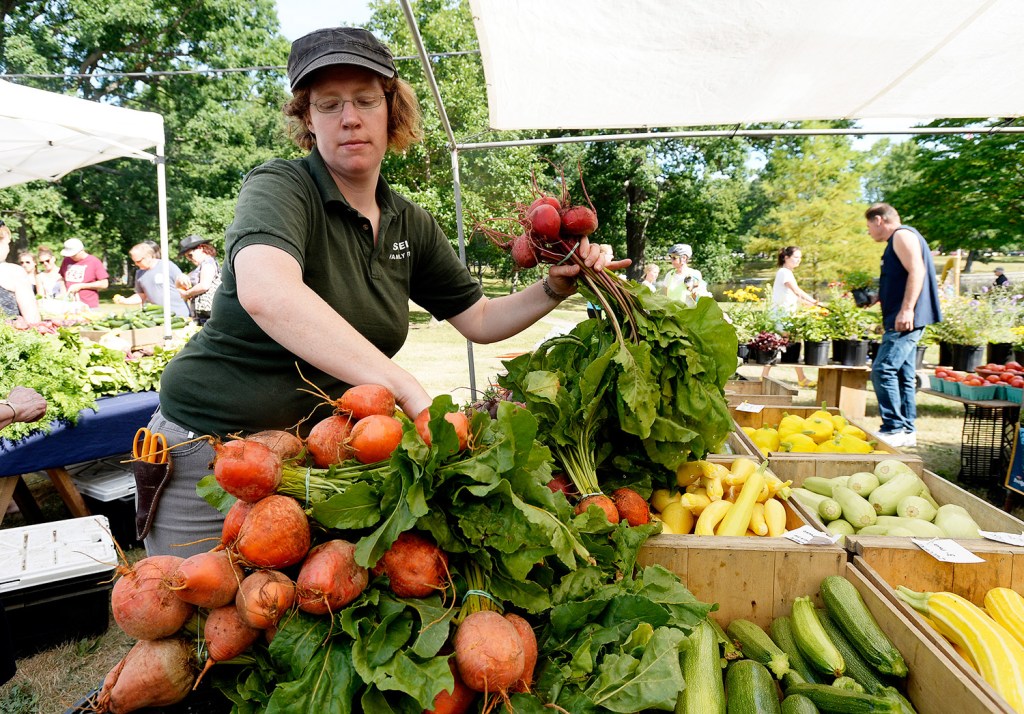
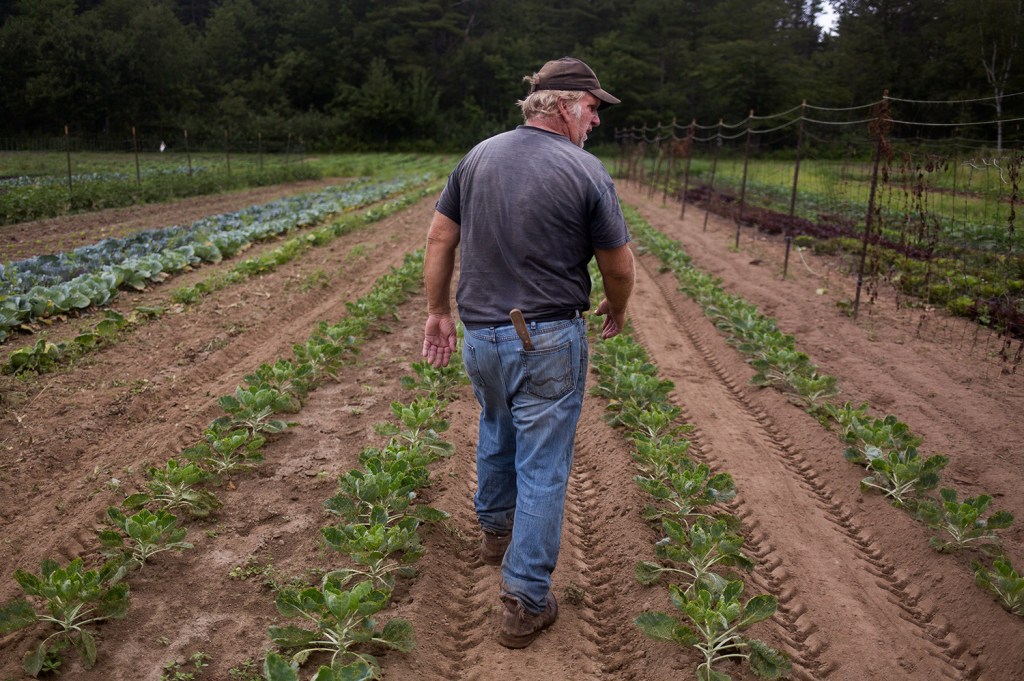
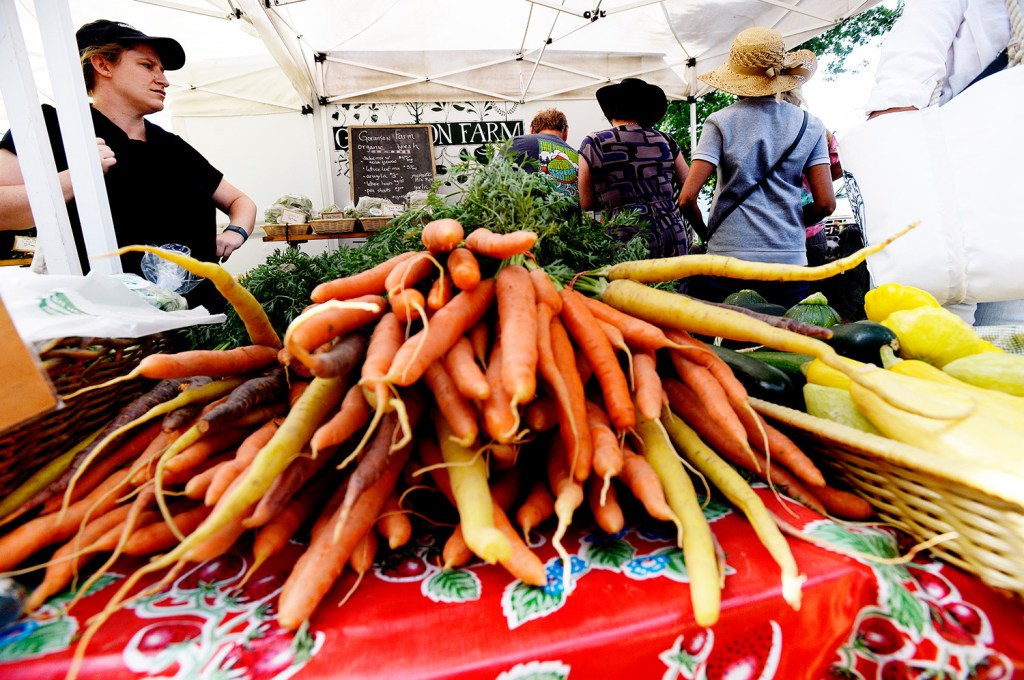
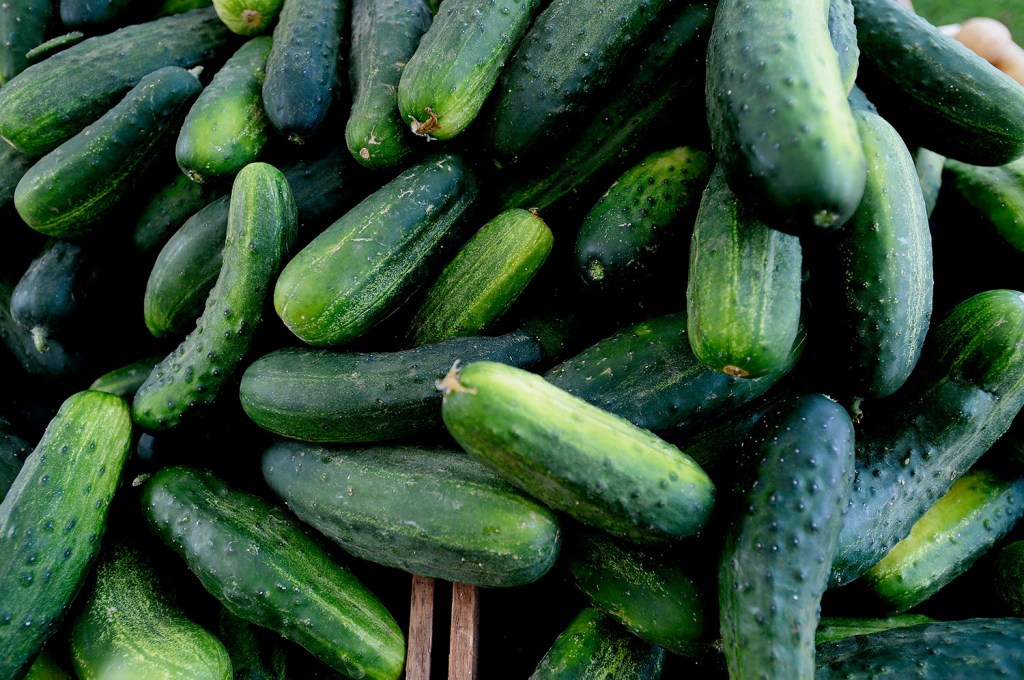
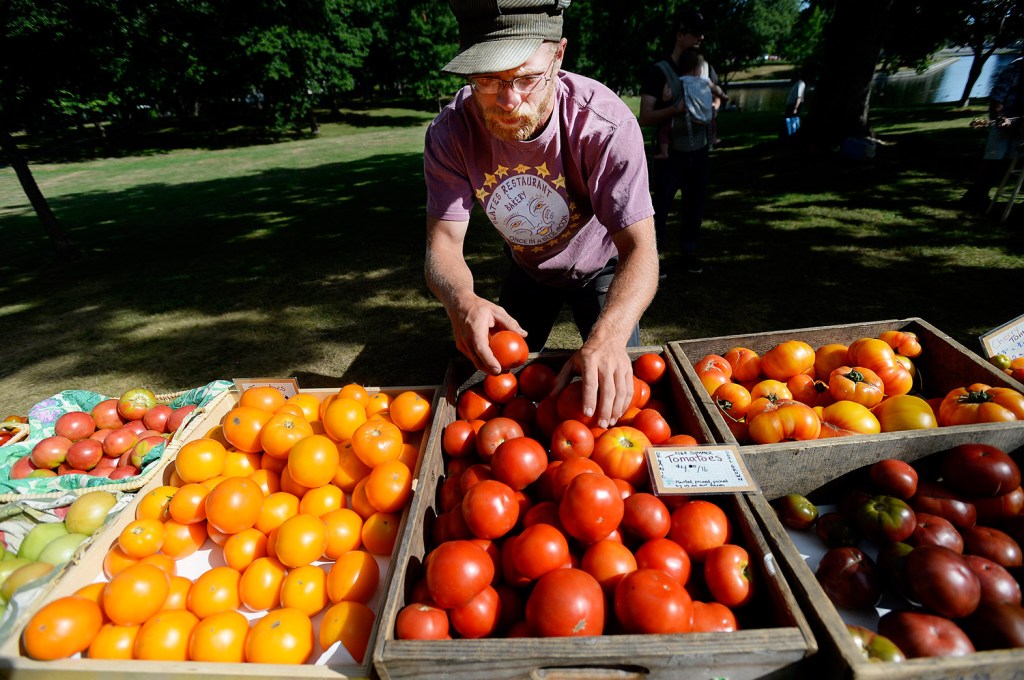
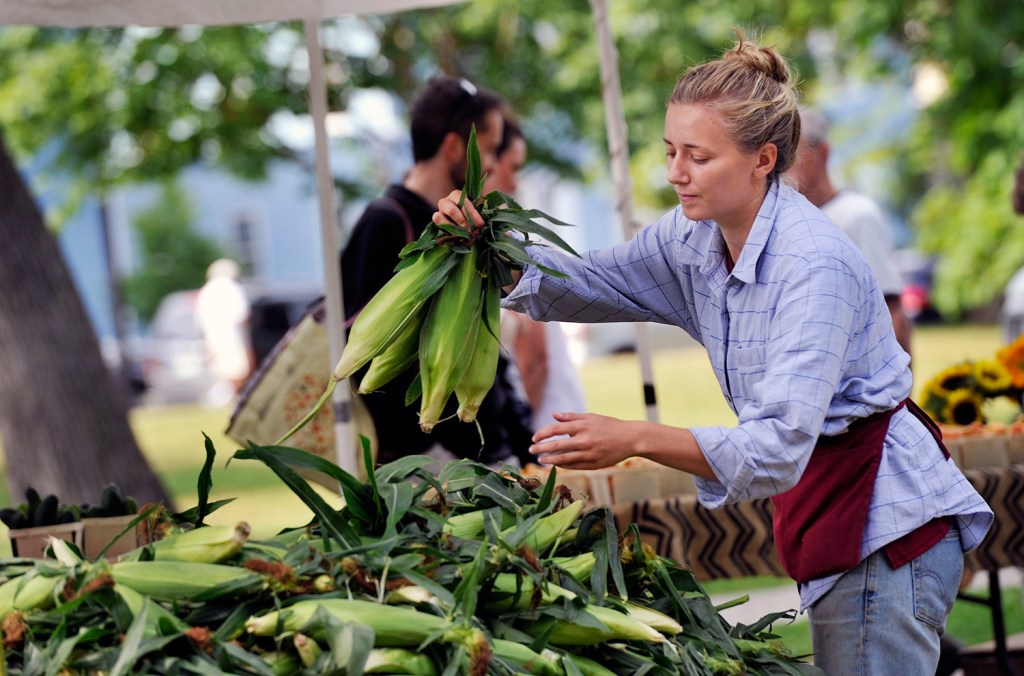
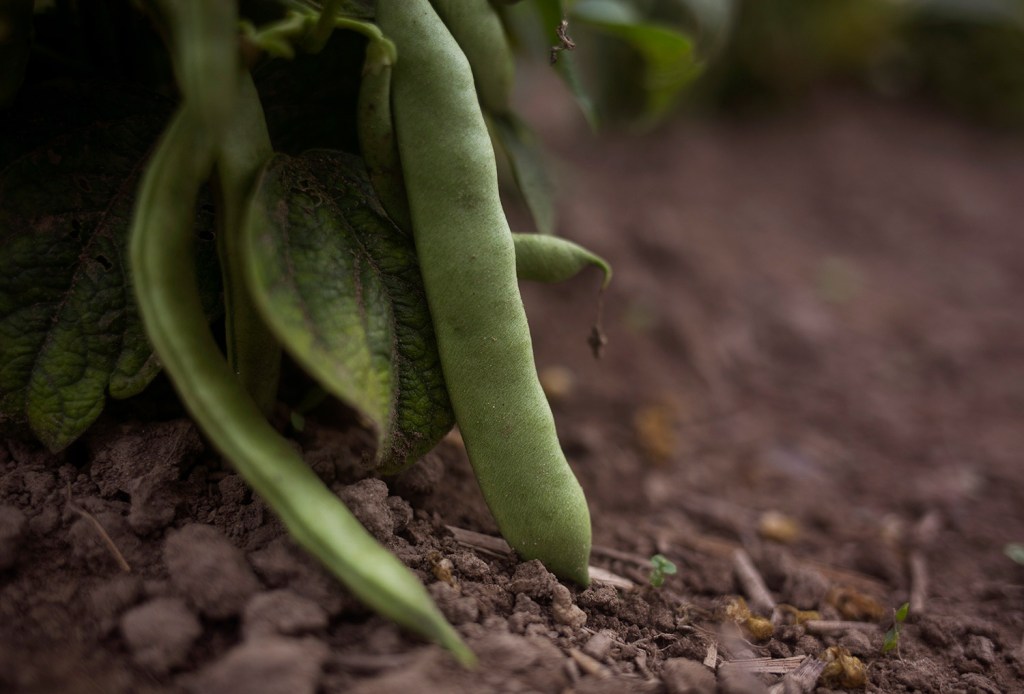
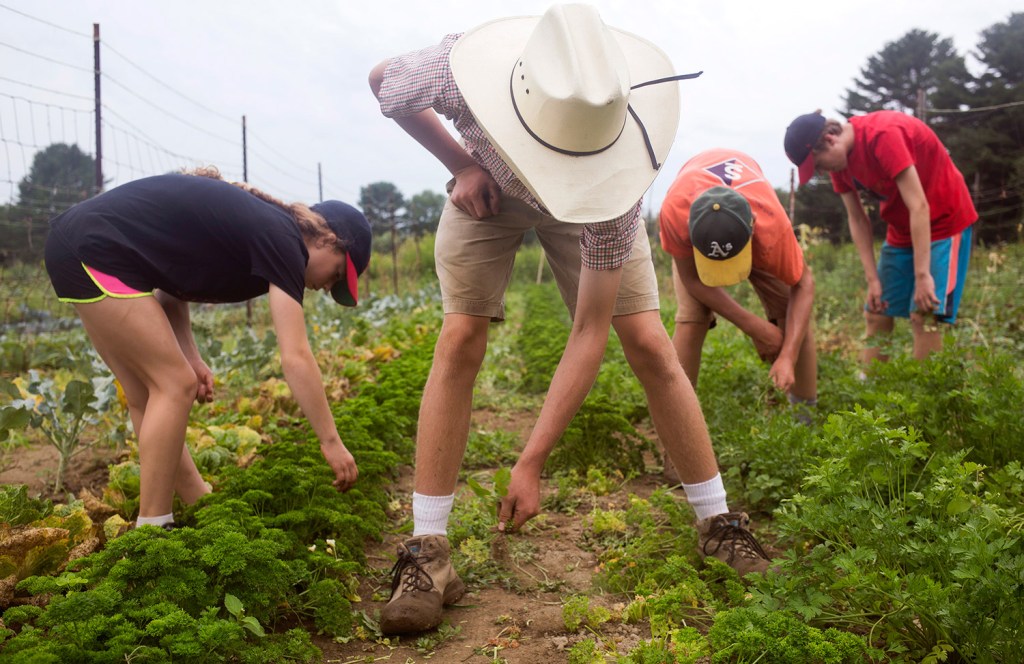

Success. Please wait for the page to reload. If the page does not reload within 5 seconds, please refresh the page.
Enter your email and password to access comments.
Hi, to comment on stories you must . This profile is in addition to your subscription and website login.
Already have a commenting profile? .
Invalid username/password.
Please check your email to confirm and complete your registration.
Only subscribers are eligible to post comments. Please subscribe or login first for digital access. Here’s why.
Use the form below to reset your password. When you've submitted your account email, we will send an email with a reset code.